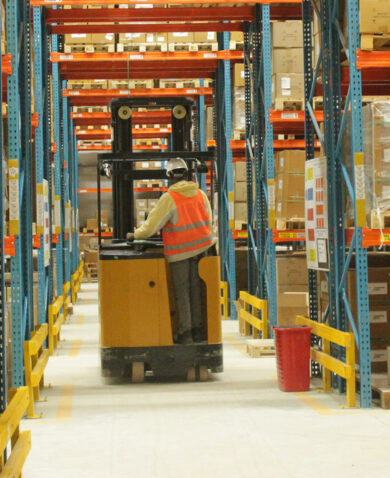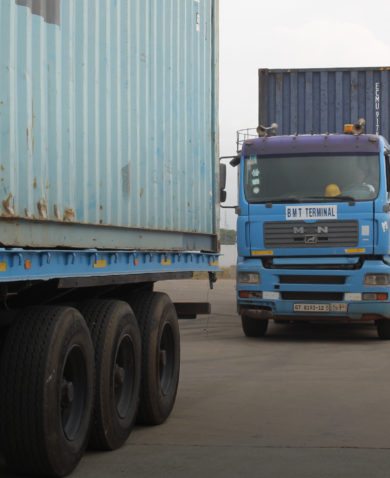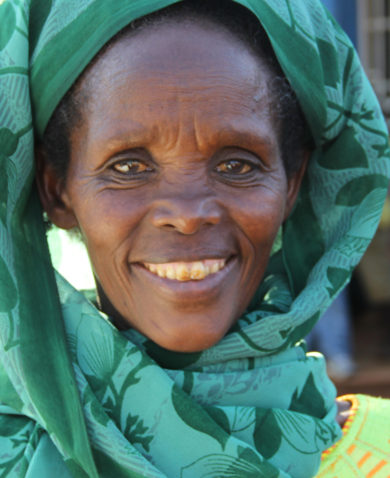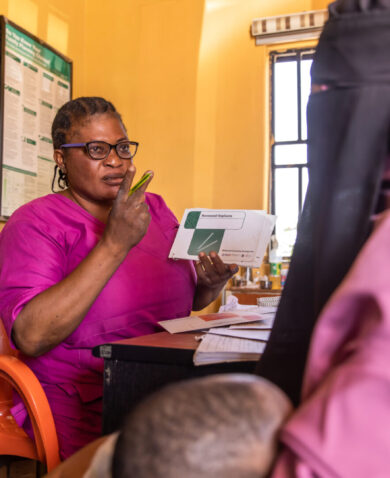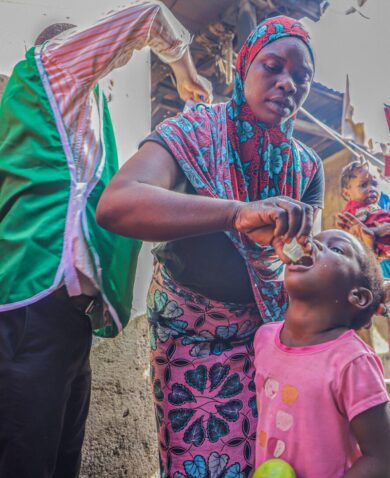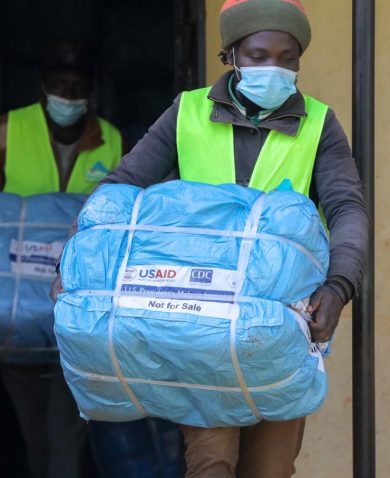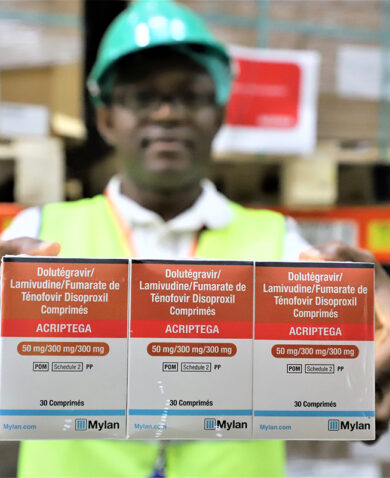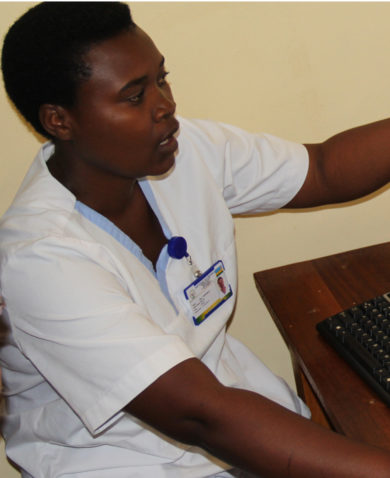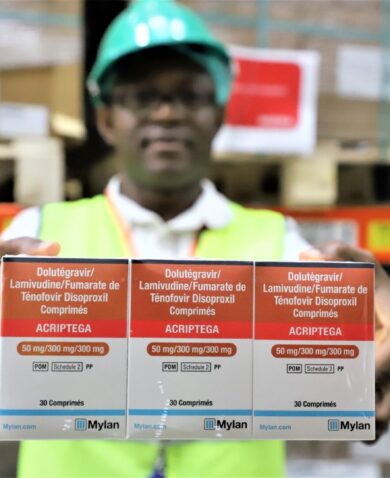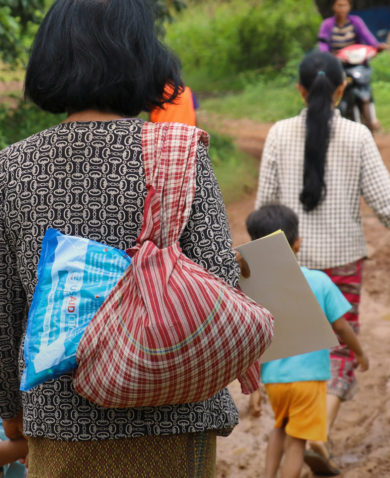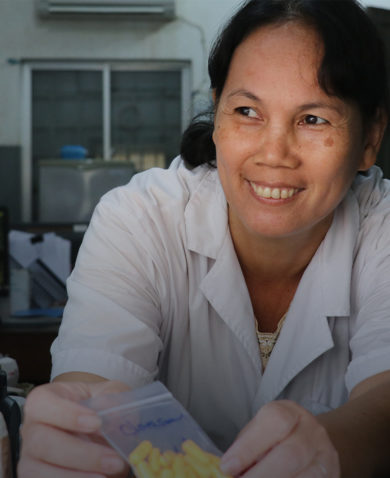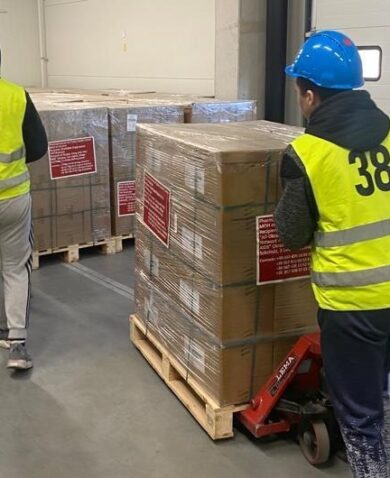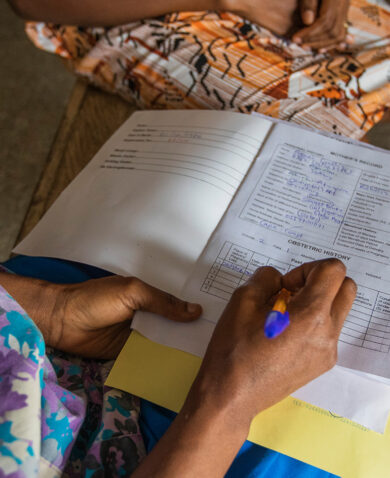
Flying the Last Mile — Integrating Cargo Drones into Health Supply Chains
November 12, 2019 | 2 Minute ReadAre drones the key to moving life-saving supplies, picking up lab samples for diagnosis, and even testing results on return flights? Manisha Aryal and Scott Dubin share insights.
This post originally appeared on Devex.
In remote regions of Malawi, terrain, infrastructure, and resource limitations delay — and can even prevent — lifesaving diagnoses and medicine deliveries to hospitals and health centers. Similar obstacles exist in countries across the developing world and the global health community is starting to turn to drones to speed up and bring consistency to the delivery of critical health commodities and health care services.
In theory, drones should help counter health supply-chain challenges in remote regions across the globe as costs go down and the technology becomes more affordable. But can this technology be effectively integrated into existing health supply-chains? Will it improve health outcomes? What are operational considerations, and how will communities interact with it?
In an attempt to answer these critical questions, the USAID Global Health Supply Chain Program – Procurement and Supply Management, or GHSC-PSM, project is seeking to understand what it would take to move laboratory samples and results reliably — and in a more predictable timeframe — and to deliver emergency medical supplies to places that would not otherwise receive them on time.
While GHSC-PSM has a ground presence in more than 30 countries, it chose Malawi for piloting cargo drones as a last-mile delivery solution for the country’s health supply-chain because the government has launched a drone corridor — an air space for safely testing drones in remote areas — and instituted a transparent process for issuing approvals for drone operations.
Since July 2019, the project’s drone, funded by the President’s Emergency Plan for AIDS Relief, has been running daily cargo flights between Nkhata Bay District Hospital on the lakeshore and St. Peter’s hospital on Likoma Island. It ferries critical health commodities and patient samples back and forth, shortening transportation times by weeks, and ensuring samples are processed and results shared with clinicians in due time. The project has just added St. Mary’s, a small health care facility on Chizimulu Island, as a second origin/destination site and is now assessing other isolated sites along the shores of Lake Malawi, permanently cut off from road access … Read the full article on Devex.
Posts on the blog represent the views of the authors and do not necessarily represent the views of Chemonics.


